This article looks at vapour control layers; what they are, why you need them in zinc roofing and what we recommend.
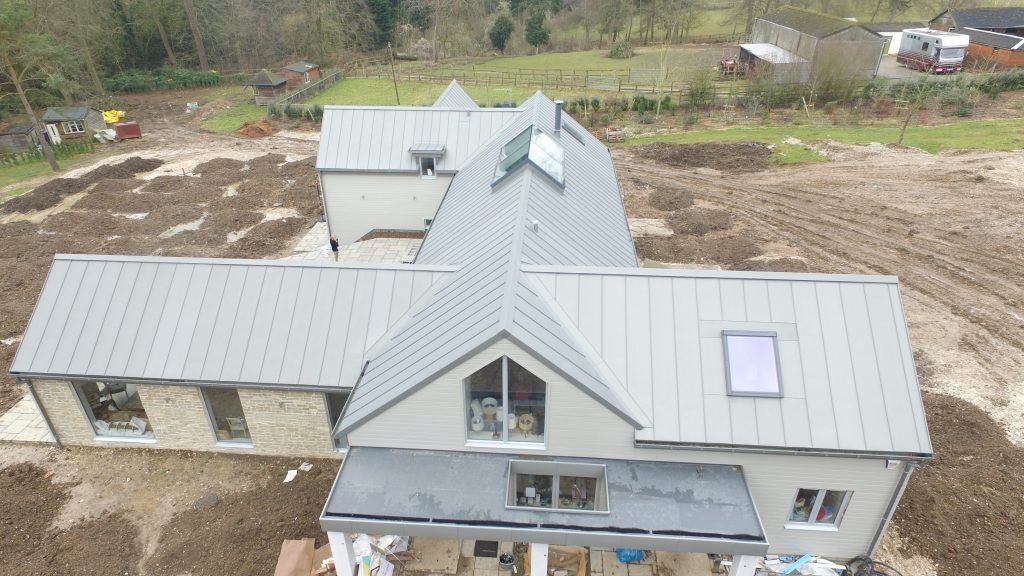
What is a Vapour Control Layer?
A vapour control layer is a thin layer of membrane which is designed to limit the passing of water vapour and moisture through your roof construction.
Within an occupied building, water vapour is created from people and from the building contents and equipment. The ISSE estimates that each occupant in a dwelling can generate 1.6kg of moisture a day, much of it in vapour form, just due to metabolism.
This moisture vapour will rise and enter the roof construction and as it passes through can condense within the construction, causing problems. A Vapour Control Layer (VCL) controls this moisture by preventing it entering the roof build up.
If you would like some more information about Vapour Control Layers please get in touch.
Why do you need a Vapour Control Layer in Zinc Roofing?
When moisture vapour enters a metal roof it can condense on the cooler elements, especially the inside surface of the metal. This is enhanced by nocturnal cooling, where under clear skies the building continues to radiate heat into the sky and thereby cools. This effect can produce frost on the inside of car windshelds, even when the ambient temperature does not fall below freezing. When the sun comes out the inside surface will be wet.
If water freezes or condenses against the cold surface of a zinc roof at night, and it is not carried away by sufficient through ventilation, the moisture will cause the zinc to corrode.
VCLs on Ventilated Zinc Roofs and Warm Zinc Roofs
With a cold/ventilated zinc roof, providing a ventilation space (of 5-10 cm), air movement within the construction carries away water vapour. A Vapour Control Layer is still necessary, but the ventilation makes a major contribution to controlling condensation risk.
With a warm/unventilated zinc roof, the Vapour Control Layer is critical. A warm roof does not have a ventilation space and the VCL must limit vapour movement through the construction, or else corrosion will occur. With a warm roof, the whole system relies on a continuous, high performance VCL. If water vapour can’t get into the roof space, it can’t cause condensation and therefore can’t cause corrosion.
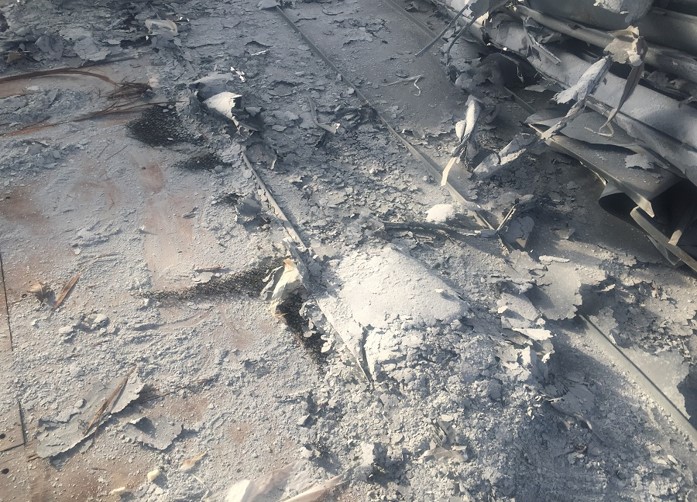
This zinc roof has completely failed due to use of an inappropriate Vapour Control Layer.
In buildings with very high vapour levels – swimming pools, sports centres, paper mills, breweries etc. we recommend using high performance cellular glass insulation, which creates an integral VCL.
There will always be some water vapour in a metal construction – it will not be completely sealed, but choosing the right Vapour Control Layer, having it properly installed and looking after it afterwards will ensure your zinc roof remains beautiful and long lived.
What to consider when choosing a VCL
Vapour Control Layers come in various forms, from simple polythene to thick multilayer high-performance types. When choosing what VCL suits your project, start by considering:
- The construction method – will the roof be vented or a warm build up?
- The building use – what will the vapour levels be? For example a bathroom or kitchen extension will have higher vapour levels too.
- How services will enter the construction. For example sunken lights and extractor fans may jeopardize the VCL. You don’t want the electrician to drill through the VCL – this effectively removes it altogether.
As the correct VCL is essential to a good zinc roof construction, we like to get involved really early in the process, so we can ask you the right questions and make sure you make the right design choices.
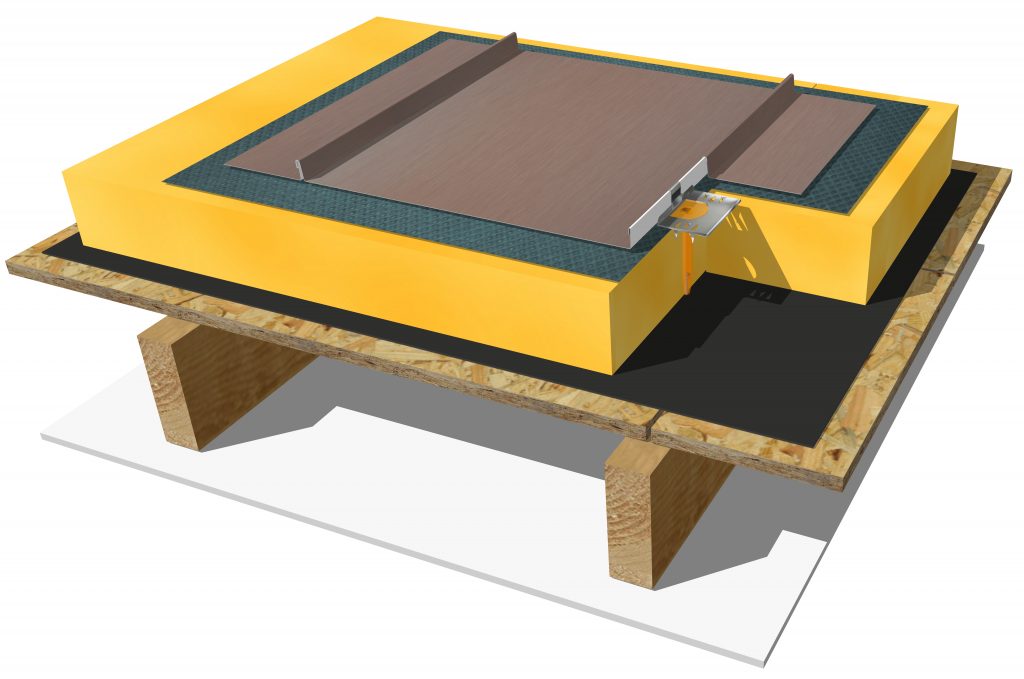
Example of a Warm Roof Construction using rigid insulation board on a VCL over a timber deck.
Avoiding VCL substitution
The Vapour Control Layer is a small element of the roof, and it is not unusual for it to be disregarded. But it is critical to the roof performance, so essential that you avoid its substitution during or before construction.
A substitution decision may be made by the client, the contractor, or a subcontractor.
- All clients want to save money, and VCLs can range in price from as little as 30 pence to £45-50 a square metre.
- If the main contractor does the roof buildup, they may even omit the VCL.
- If the installer isn’t well informed, they may choose the cheapest option.
Here are some tips for avoiding VCL substitution:
- Be aware of the risks, and make sure your client is.
- Main contractors may not know about the range of VCLs, so they are not necessarily being dishonest. Zinc isn’t like tiles, so if they are new to the product, they may not be aware of the risks.
- Choose a system specification and warranty that includes the appropriate VCL
- Don’t let the main contractor change the VCL. If they could save up to £5/m2 on a 500m2 job, they may save £2500 on changing the VCL, but if the job goes wrong it will cost you and them a lot more to put right.
- Make sure the VCL installation is properly installed and checked.
- Avoid unnecessary cutting on site. The VCL on a warm roof project must be continuous – you can’t stop or start where you please.
- Advise the client on future property development risks. We have seen projects where a developer removed a partition on a warm build up, didn’t repair the VCL and passed services through the gap; the zinc roof failed above the gap.
VCL performance criteria:
Use Foil Faced, Bitumen Lined VCLs
At SIG Zinc and Copper we recommend using foil faced, bitumen lined VCLs for warm zinc roof construction.
The foil facing helps with vapour resistance and the bitumen clasps the fixings as they penetrate the membrane, creating a vapour tight seal. On a standing seam roof there will be approximately 8-14 fixings per m2.
Foil faced bitumen lined VCLs are also suitable for ventilated zinc roofs, but they are essential on warm roof build ups.
Vapour Resistance
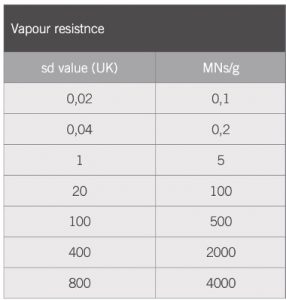
The performance of a vapour control layer is measured in Vapour Resistance MNs/g – Mega Newton seconds per gram. These have replaced the sd values (‘equivalent air layer thickness’) previously used in the UK and are a measure of resistance to vapour drive.
The higher MNs/g value the higher level of vapour resistance – ask us what value resistance you need for your project.
Thickness
The thickness of VCLs ranges from a simple single layer polythene VCL at 500 gauge, which is 125 microns or 0.125mm thick, to high performance, multi layered, bitumen lined, foil faced VCLs.
SIG recommend Alutrix 600 high performance VCL for warm roof construction. It is 0.6mm thick – nearly five times thicker than a simple polythene VCL, but its performance is commensurate with the job it is doing.
Alutrix 600 high performance VCL consists of a composite aluminium foil exterior, a polymer modified bitumen interior, held together with glass scrim for structure. It is self-adhesive, which makes it easy to apply and creates a continuous, complete vapour-tight seal. Its performance is so good it can act as a temporary waterproof seal on roof structures, provided it is not damaged. Alutrix 600 is a good quality product, appropriate to the needs of a warm zinc roof. You may need a primer when applying this VCL to plywood or concrete decks – speak to us for advice on specification.
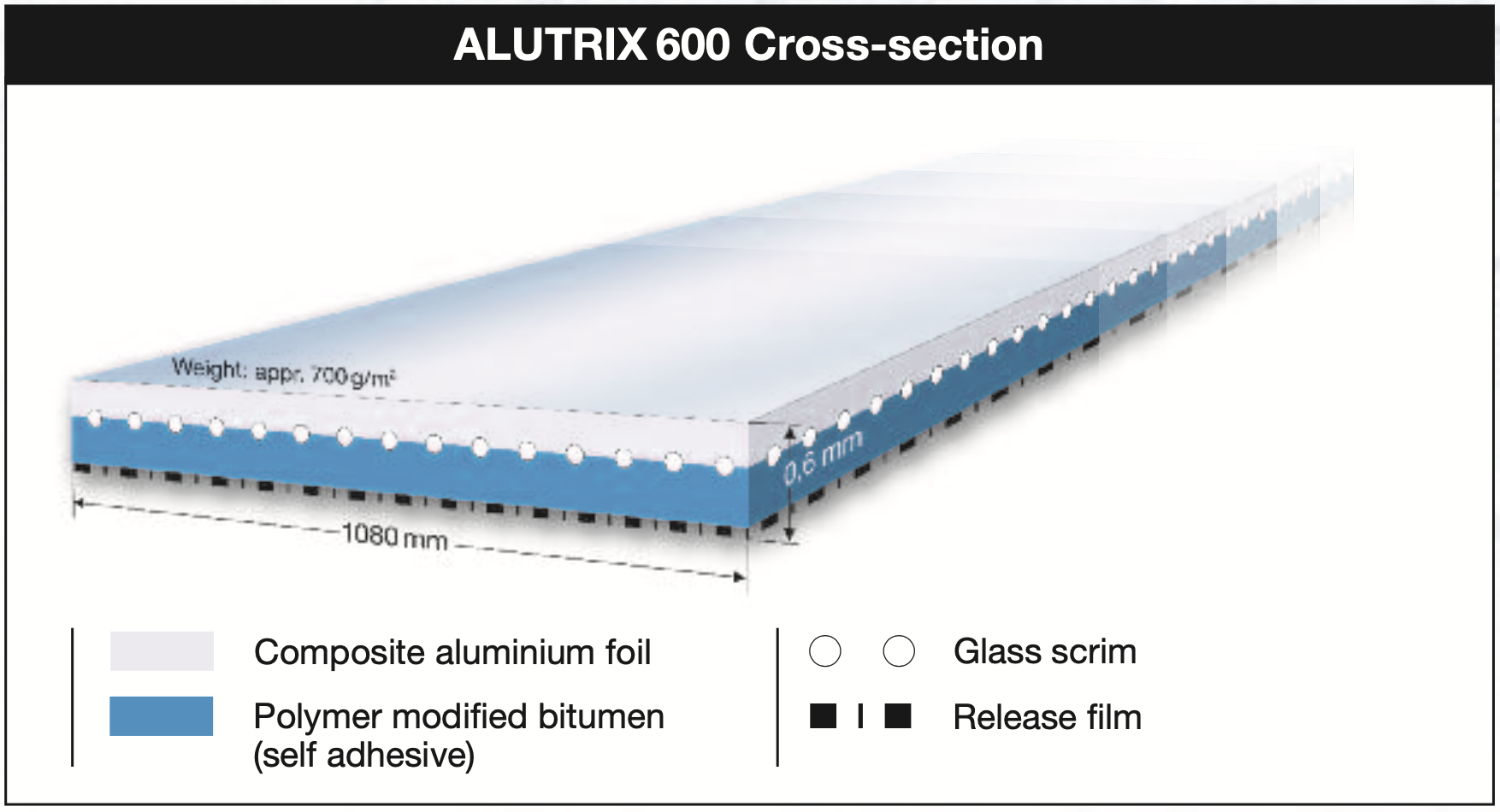
Technical Advice on Zinc Roofing and Cladding
SIG Zinc and Copper provide free advice to specifiers and contractors working on zinc and metal roofing projects.
If you want our help, get in touch. We look forward to hearing from you.
About the author – SIG Zinc and Copper Team
We are the team at SIG Zinc & Copper. We design and supply zinc, copper, aluminium and stainless steel roofing and cladding products all over the UK. We also publish blog posts! We're part of SIG Roofing. With over 120 branches nationwide, SIG Roofing is the largest supplier of roofing materials in the UK, providing our customers with impartial advice on the right roofing solution for their projects.

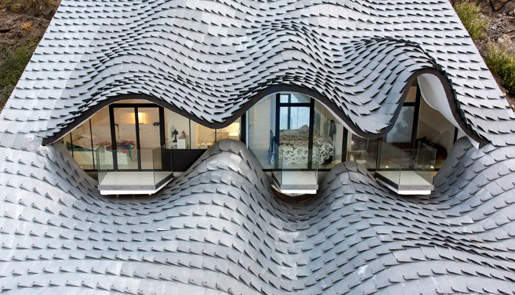






Recent Comments